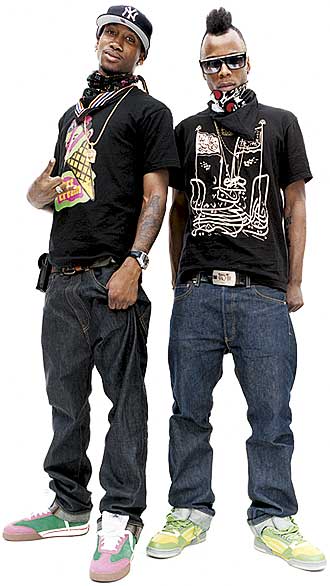

Perhaps Teller’s show of photographs, which is set to open at Lehmann Maupin on February 7th, will convey something of what Kennedy Fraser brilliantly displayed in her critical prose: the sadness inherent in our fleeting moments with beauty.Summer has finally hit, and it’s time to start thinking about holiday destinations! However, if an international holiday is beyond the realms of your budget this season, you can still dress in seasonal city style with these guides to fashion, style and elegance in the globe’s most chic destinations. In his recent book “ Do You Know What I Mean,” the outsized photographer shifts his self-interest to his family and the chance theatre that occurs in the domestic. Increasingly, Teller has become more interested in his subjects’ internal narratives than in projecting his own. In “Washington,” the model is just one more element in an “over-all” photograph, part of the highly aestheticized whole. Teller’s lens-aided by flash, and an interest in the Grand Guignol setup-is softer here than in his prior work, and focusses less on the subject as grotesque than as an object that wouldn’t know who she was unless she was being manicured. Her costume is as telling as her gaze, which is not deep. While the “Washington, D.C.” model may also wear gloves and an exaggerated helmet of hair, Nickerson shows us her chilly, unloved breasts, her flat alert gaze as she stands immobile in her high-heeled, rococo sandals. Of course, what makes the pictures remarkable is Nickerson’s refusal to make her model a literal transcription of Pat or Betty’s non-style, their uniform of blandness. But Chessum differs from Day in that his “Look Book” photographs are about how the subjects see themselves: happy participants in the carnival of fashion, which is to say life. Like the influential British-born photographer Corinne Day, Chessum revels in fashion shots that verge on portraiture, on making the subject appear totemic. (The project is redolent of the photographer Amy Arbus’s “ On the Street” photographs, which ran in the Village Voice between 19.) As the fashion director Diana Vreeland once said, style “helps you get down the stairs.” With all the imaginative hairdos, brightly patterned trousers, vests, florid eyeglass frames, skirts, and the amusing sound bites that Larocca has recorded, the book amounts to a collective portrait of some New Yorkers’ vivid relationship to the idea of individuality.

Part of what makes the “Look Book” such an exceptional compilation is that it is less about fashion than it is about style.

Each meets the other in the brilliant “ New York Look Book,” by the photographer Jake Chessum and the journalist Amy Larocca, which is comprised of more than a hundred “looks” that the duo has captured on the streets of New York for New York magazine. Vision is the photographer’s stock in trade, as it is for the style-conscience person.


 0 kommentar(er)
0 kommentar(er)
